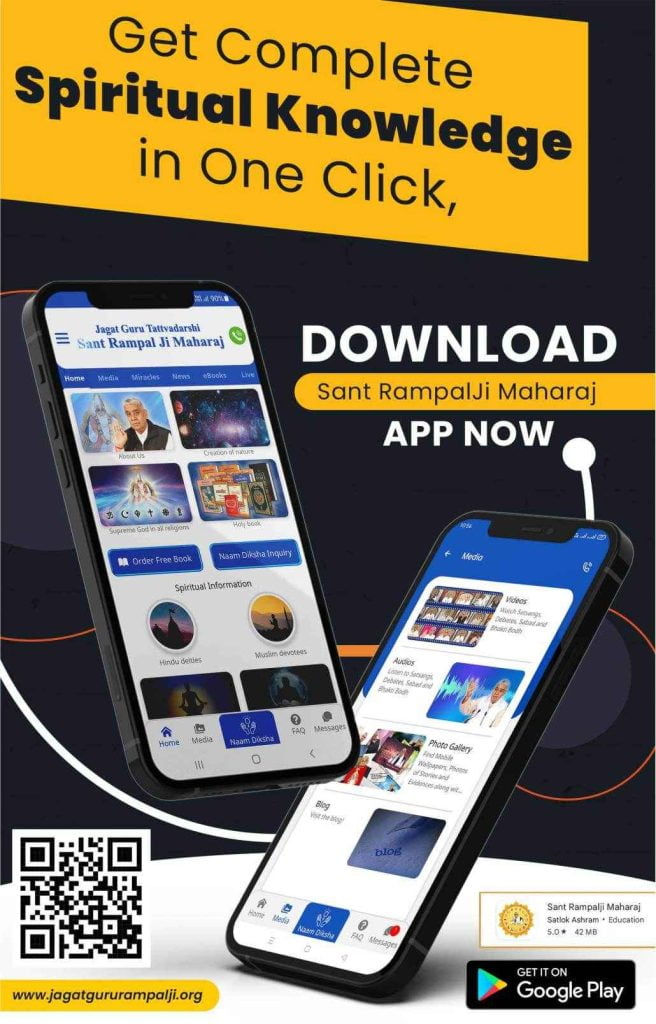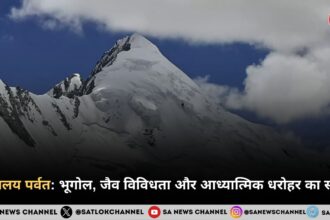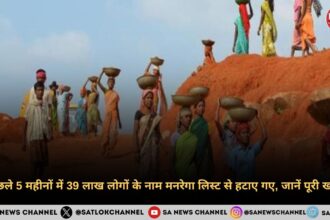For the first time in the history of independent India, the upcoming 16th Census will gather data based on caste, representing a major and anticipated change in national policy. This groundbreaking decision is expected to transform how India perceives its social framework, economic inequalities, and developmental requirements.What makes this even more revolutionary is that it will be India’s first completely digital census, incorporating technology into one of the largest data collection efforts in the world.
As discussions about social justice, resource distribution, and reservation policies intensify, this combined shift — digital and caste-inclusive — is set to offer deeper insights and improved governance tools.
In this blog, we will examine the background, importance, challenges, and possible effects of this significant change.
First Digital Census: A Technological Leap
The 16th Census will be the first digital census in India, representing a major change in how demographic information is gathered and handled. Citizens will have a self-enumeration portal to enter their information online, which will lessen the load on field operations and give individuals more control over their data submission.To facilitate this digital-first strategy, the government plans to deploy around 34 lakh enumerators and supervisors nationwide.Rather than using the traditional pen-and-paper approach, they will utilize tablet devices for data entry.This improves efficiency and real-time processing while also ensuring better data accuracy and security.
Two-Phase Census Structure
The census will be conducted in two seperate phases:
- Houselisting Operation (HLO)
This involves collecting information about housing conditions, household assets, and amenities. - Population Enumeration (PE)
This phase will record personal data including age, gender, religion, occupation, education, and now, caste identity.
The operation will be staggered to accommodate seasonal and geographical challenges. Snow-bound areas such as Ladakh and parts of Jammu & Kashmir will use October 1, 2026, as their reference date, while the rest of India will follow March 1, 2027.
Caste Enumeration: A Historic Step
While India conducted a Socio-Economic and Caste Census (SECC) in 2011, that data was never fully integrated into the official census framework. This time, the government has decided to systematically collect and analyze caste data as part of the formal census process.
Why Is This Important?
Caste plays a vital role in shaping access to resources, education, employment, and political representation in India. Yet, for decades, the government lacked accurate, up-to-date caste data. With this step, policymakers hope to:
- Address historical injustices
- Implement targeted welfare schemes
- Fine-tune reservation policies
- Promote social and economic equity
Concerns and Complexities
While the inclusion of caste data is welcomed by many political and social groups, it also brings administrative and political challenges:
- Risk of Political Polarization: Caste data can be used for electoral gains, raising fears of deepened societal divisions.
- Classification Challenges: Ensuring accurate and uniform caste categories will require specialized training for enumerators.
- Privacy and Data Security: With sensitive caste information being recorded, there is concern over data misuse.
To address these, officials have promised international-standard confidentiality protocols, robust data encryption, and training modules for field workers.
What Will Be Collected?
Besides from caste, the census will gather critical demographic details, including:
- Household size and structure
- Age, sex, and marital status
- Education and literacy levels
- Employment status and occupation
- Migration history
- Religion and mother tongue
- Access to water, electricity, toilets, and internet
Such detailed data will help assess regional disparities and design better public service delivery models.
Implications for Policy and Governance
The 16th Census, particularly with caste-based data, is expected to reshape India’s social policy landscape:
- More inclusive governance: Tailored programs based on real caste demographics.
- Better resource allocation: Identify underprivileged communities and direct aid effectively.
- Improved affirmative action: Data-driven expansion or revision of reservation benefits.
Critics worry that caste enumeration may entrench identity politics or lead to vote-bank-driven policies, but proponents argue that transparency is key to justice.
Public Cooperation Is Key
The success of this massive data operation depends on:
- Public awareness and trust in the process
- Accurate self-reporting during self-enumeration
- Effective training and monitoring of field staff
- Strict enforcement of data protection laws
Conclusion: A Census That Could Redefine India
The upcoming 16th Census of India represents a bold, modern, and socially conscious approach to governance. By including caste enumeration and leveraging digital technologies, the government aims to paint a clearer picture of India’s complex societal structure. If executed with transparency and accountability, this census could become a powerful tool for equity, inclusion, and progress.
While concerns about data privacy and political misuse are valid, the potential for revolutionary social insight and targeted development is immense. Citizens, administrators, and leaders must collaborate to ensure this historic effort leads to positive transformation, not division.
How to Overcome Caste Differences?
The ongoing debates around the Caste Census reveal the deep-rooted divisions in society based on birth. While the purpose may be to ensure social justice, it unintentionally reinforces the barriers of caste, which God and the scriptures never created. As per the Vedas, Quran, Bible, and Shri Guru Granth Sahib, all human beings are children of one Supreme God—Kabir Sahib Ji. Caste is man-made, not God-made.
Sant Rampal Ji Maharaj teaches that the soul has no caste—it is eternal, pure, and part of the Supreme. The division of humanity into castes is a result of ignorance of Tatvgyan—true spiritual knowledge. Just like fire burns all things equally, God sees all souls equally.
To remove the poison of caste and unite the world in true brotherhood, one must seek the true Tatvdarshi Saint, as mentioned in Gita Chapter 4 Verse 34, who gives scripture-based worship and reveals the complete spiritual knowledge. Today, Sant Rampal Ji Maharaj is the only saint fulfilling these criteria.
To awaken your soul beyond caste and illusion, visit the official YouTube channel of Sant Rampal Ji Maharaj and start your journey toward equality, devotion, and salvation.









